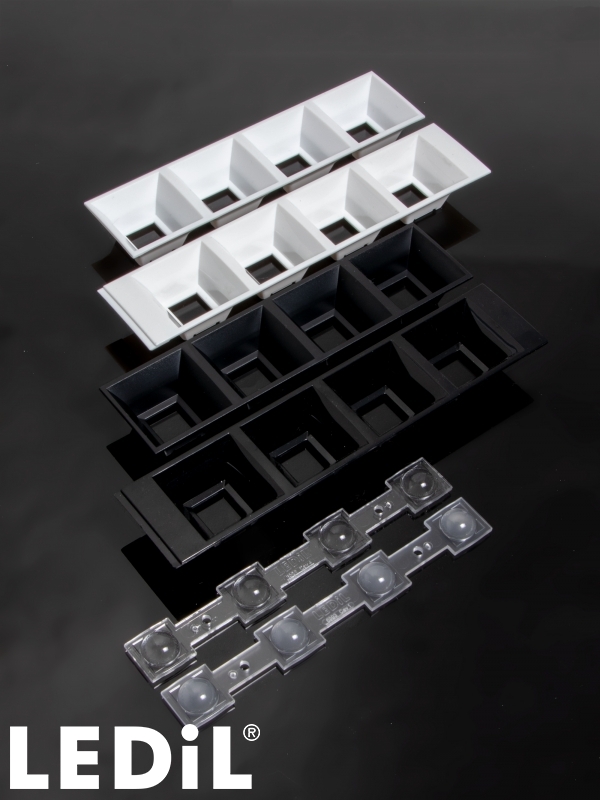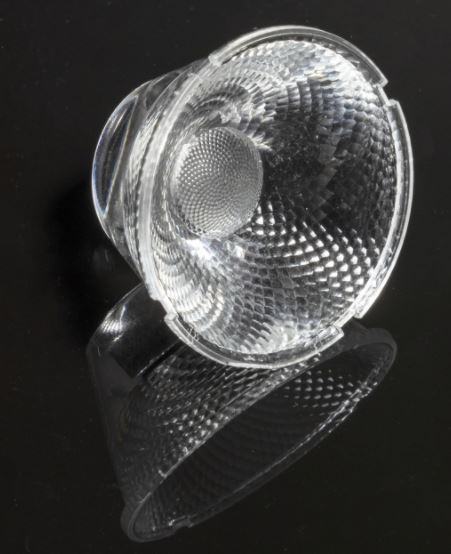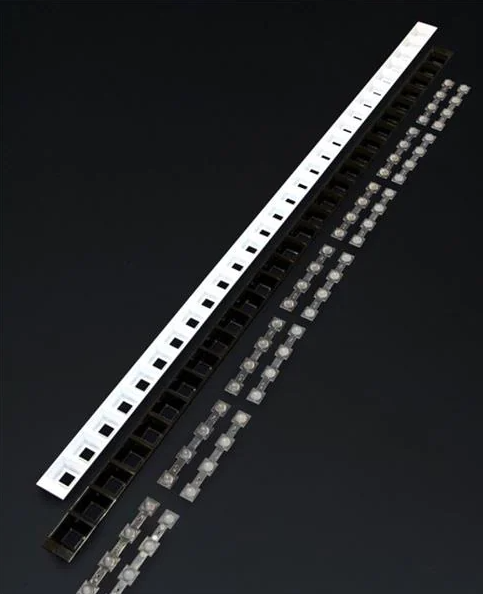OPTICS
Discover all categories
- Select a value
-
- Select a value
-
Results
No exact match, try with fewer filters or a more generic term
Industrial and professional LED lighting: evolution and market trends
Light management in industrial lighting projects has always been a very sensitive issue for various professional sectors, in particular for retail and hospitality facilities. Shops, supermarkets, but also bars, restaurants and hotels are among the commercial activities with the highest electricity consumption and with the most specific lighting needs.
The importance of light in the professional environment does not only concern energy needs, but also involves the aesthetics and image of the activity: designing a lighting system involves giving shape to the environment, focusing attention on products and spaces, and influencing the perception of users
In recent years, the professional sector has grasped the potential given by technological evolution in the digital management of light. Therefore, together with the supply chain of low-consumption LED lighting products, including LED lenses and industrial reflectors, attention is now particularly focused on innovative products and systems for industrial lighting and remote control of light.
Lenses, holders and reflectors for industrial LED lighting projects
Within the wide Digimax proposal there are Professional Lenses and Industrial Reflectors under the LEDiL brand and, from 2020, the innovative Lenses for digital light control with LensVector technology.
FAQ
Come amplificare la luce di un LED?
Per indirizzare meglio la luce di un LED si utilizzano lenti o riflettori, che concentrano o direzionano il fascio luminoso e rendono possibile dirigere la luce esattamente dove serve, senza aumentare il consumo energetico.
Cosa significa "ottica simmetrica"?
Un’ottica simmetrica distribuisce la luce in modo uniforme su tutti i lati rispetto all’asse centrale del LED. È ideale per illuminazione generale o ambienti che richiedono una diffusione omogenea.
Quanti lumen per una buona illuminazione?
Dipende dall’ambiente e dall’uso. Per illuminazione tecnica o industriale si considerano 300–500 lumen/m², mentre per ambienti commerciali o uffici si può arrivare a 500–750 lumen/m².
Cosa significa "ottica simmetrica"?
Un’ottica simmetrica distribuisce la luce in modo uniforme su tutti i lati rispetto all’asse centrale del LED. È ideale per illuminazione generale o ambienti che richiedono una diffusione omogenea.
Come indirizzare il fascio luminoso di un LED?
Per indirizzare meglio il fascio luminoso di un LED si utilizzano lenti o riflettori ottici, che lo concentrano nella direzione desiderata al fine di poter sfruttare la luce in modo più efficiente.
La scelta dell'ottica influisce sulla temperatura del LED?
Sì, indirettamente. Un'ottica più efficiente, che trasmette una percentuale maggiore di luce, ne assorbe di meno, riducendo il calore intrappolato vicino al LED.
Quando dovrei usare una lente TIR invece di un semplice riflettore?
Utilizzate una lente TIR (Total Internal Reflection) quando necessitate del massimo controllo del fascio luminoso, ad esempio per creare uno spotlight molto stretto e definito con minime perdite di luce. Scegliete un riflettore per applicazioni che richiedono un controllo più morbido, una distribuzione della luce più ampia e una soluzione economicamente vantaggiosa, specialmente con sorgenti COB.
Cosa si intende per "ottica secondaria"?
L'ottica secondaria è il componente (lente o riflettore) che viene posizionato sopra la sorgente LED per raccogliere, controllare e modellare la luce emessa. Mentre il chip LED stesso ha spesso una sua ottica primaria, è l'ottica secondaria a definire le prestazioni finali del corpo illuminante, determinando l'angolo del fascio, l'efficienza, l'uniformità e la qualità generale della luce.




